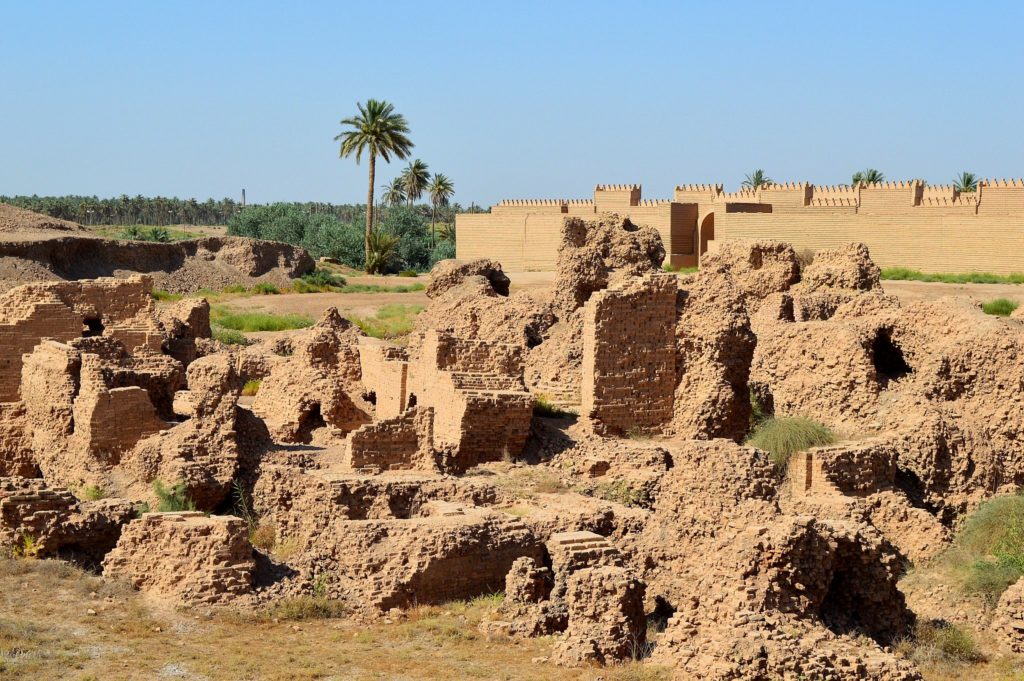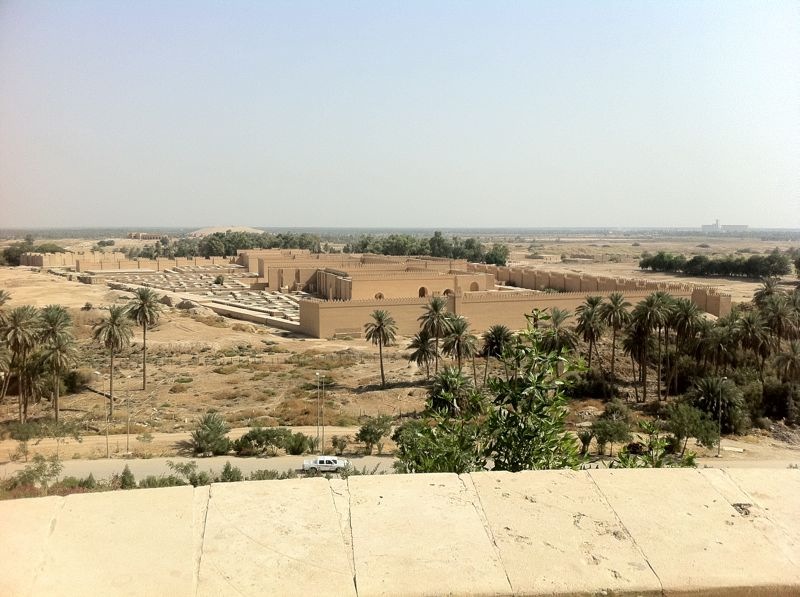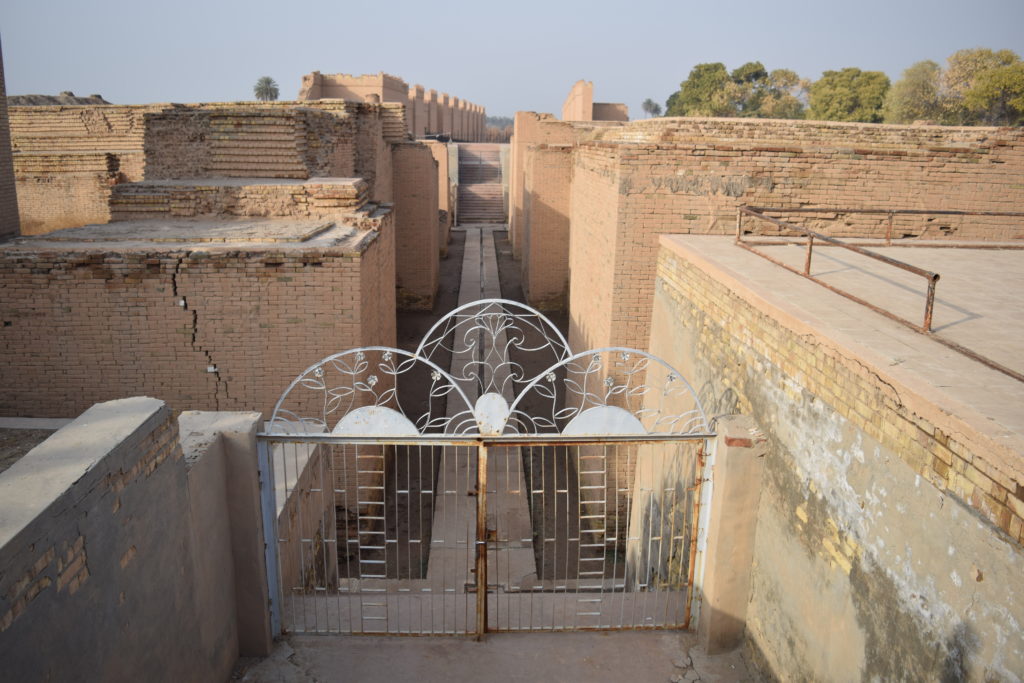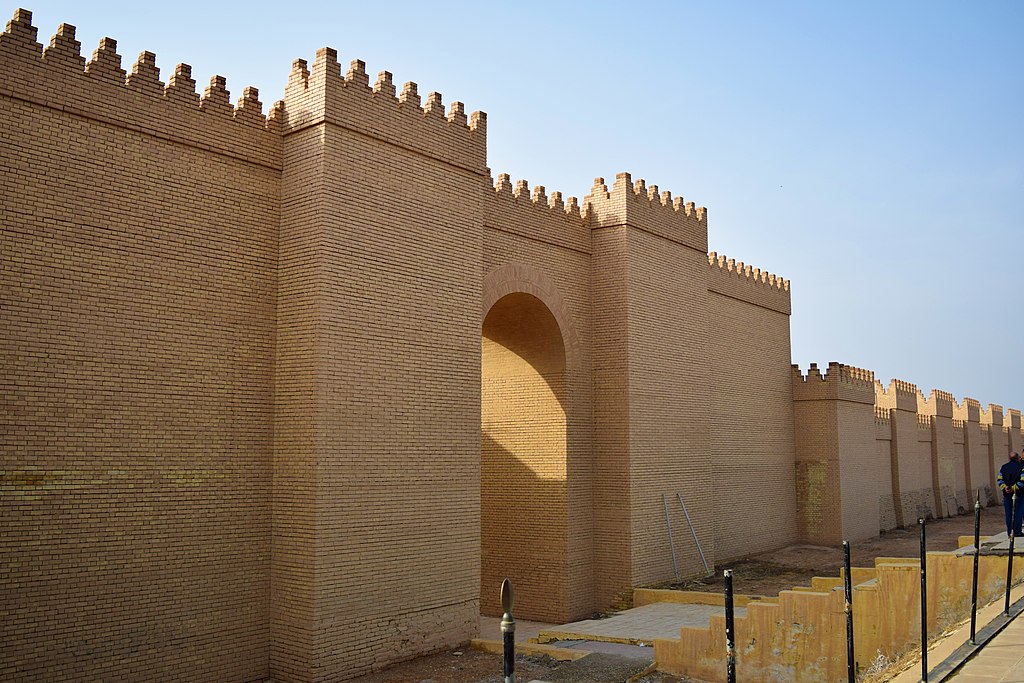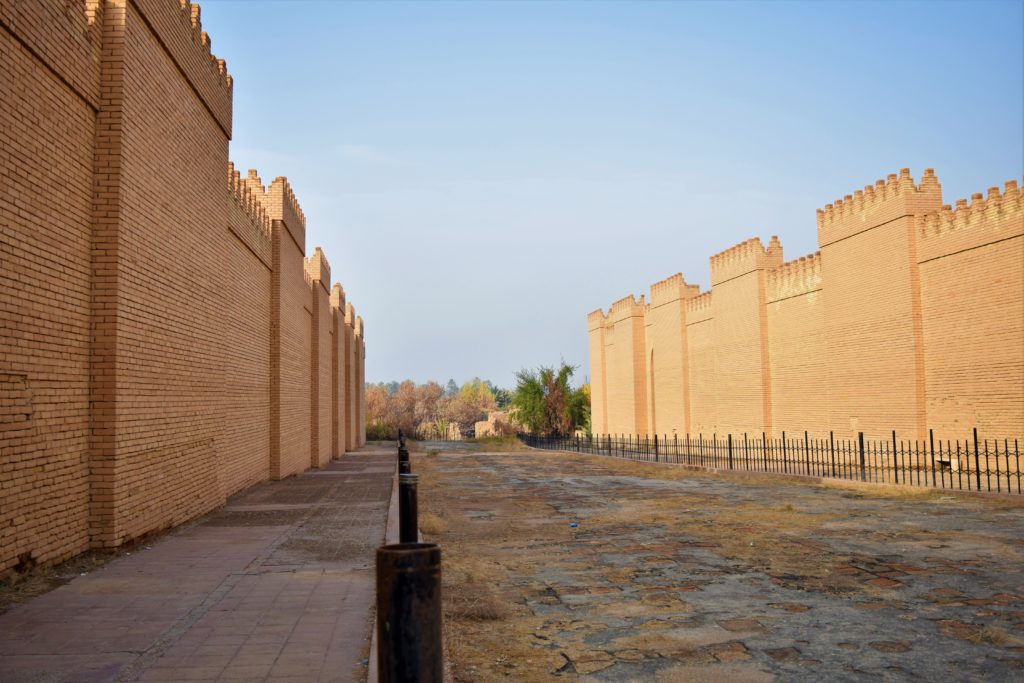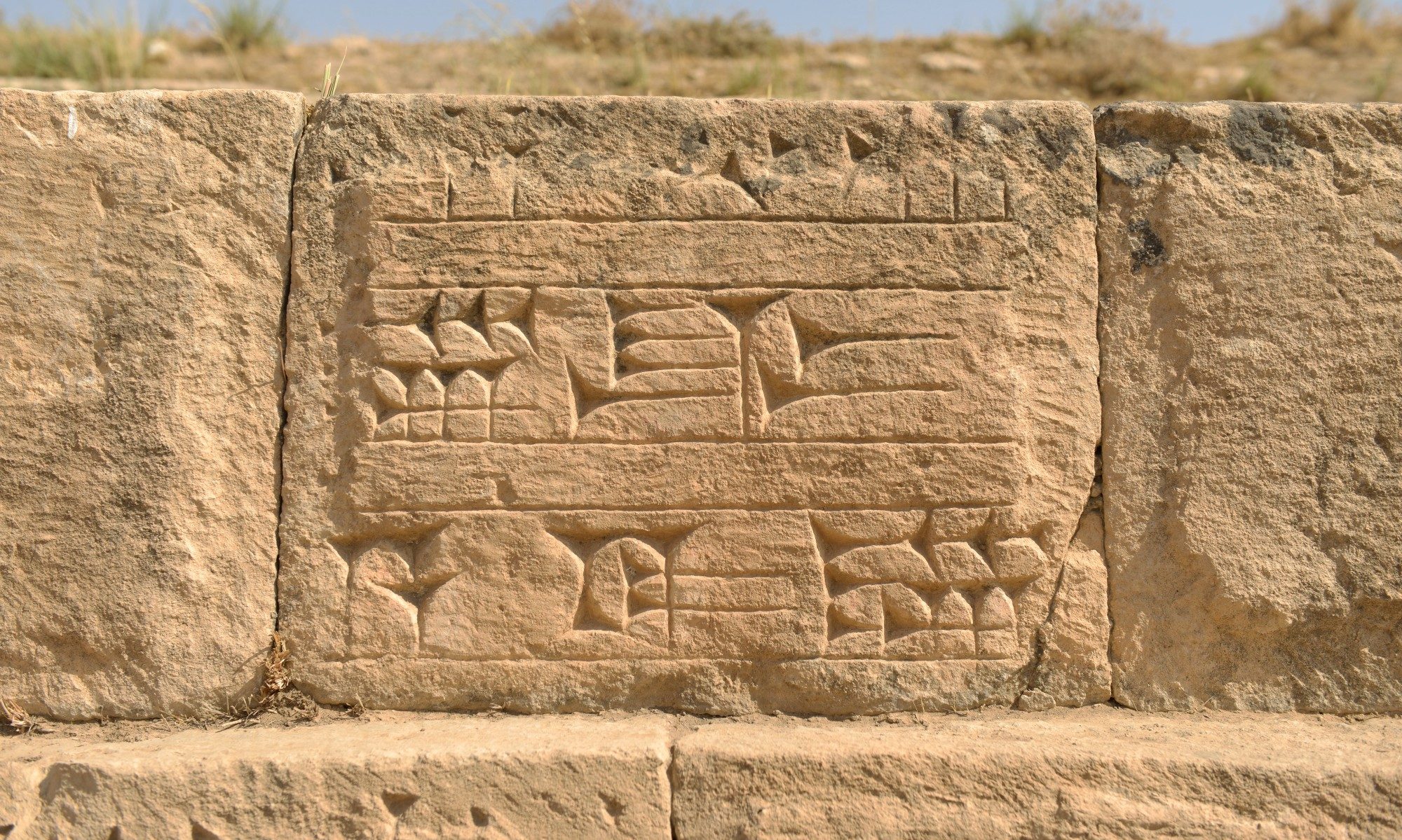Babylon: Cultural Landscape and Archaeological City
Inscribed on the World Heritage List in 2019
By Dr Mónica Palmero Fernández
The ancient city of Babylon constituted the political centre of the Old Babylonian Kingdom (ca. 19th-16th centuries B.C.) and the Neo-Babylonian Empire (626-539 B.C.), as well as containing one of the most revered sacred complexes in the land, whose sacredness reached beyond political boundaries. The sacred city was surrounded by an imposing wall and consisted of a temple (the Esagila) and ziggurat (the Entemenanki) complex dedicated to the god Marduk, with surrounding temples dedicated to the main Babylonian deities. The biblical accounts of the city reflect a partial view of the ancient capital that eventually became synonymous with decadence, political ruthlessness and everything that was wrong with urban life. Early travellers visited the ruins of the city in the hopes of gaining a glimpse of the biblical Tower of Babel, as the ruins retained the name Babil in local history.
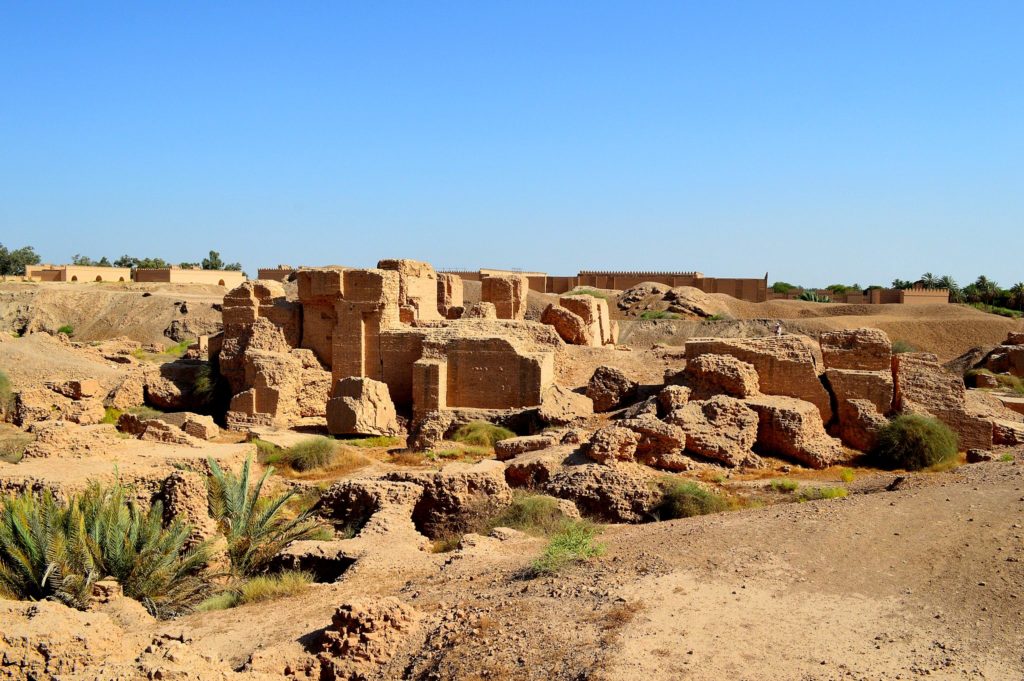
The main archaeological exploration of the site, which began in 1899 under the direction of Robert Koldewey, offered extraordinary details of its ancient history, which would drastically change its perception in modern cultural and historical thought from its status as the seat of a decadent society to one of the most prominent centres of religion and literature, as well as the birthplace of legal codes, in antiquity.
Many of the finds from Koldewey’s excavation between 1899 and 1917 are housed in the Pergamon Museum in Berlin, including a life-size reconstruction of the famous Ishtar Gate, which was constructed ca. 575 B.C. by order of King Nebuchadnezzar II as the eighth gate to the inner city. The reconstruction was achieved using large quantities of original glazed bricks transported from Iraq to Germany. A smaller reproduction of the gate as built in Iraq under Saddam Hussein’s “Archaeological Restoration of Babylon Project” that began in 1974. Hussein’s project was criticised for its disruptive nature to the archaeological remains, as well as its propagandistic nature as he emulated the Neo-Babylonian Kings with their practice of inscribing their name on many of the bricks used in the construction.
Further damage to the site was caused during the US-led Iraq War in 2003. US forces were criticised for building “Camp Alpha”, which included a helipad, directly on ancient Babylonian ruins. Although the intention was to protect the ruins, running heavy machinery across archaeological ruins places stress on the soil and can cause irreparable damage to the substructures, including crushing 2,600-year-old brick pavements and contaminating the site with military earth-moving projects.
UNESCO webpage
http://whc.unesco.org/en/tentativelists/1837/
German Oriental Society webpage
http://www.orient-gesellschaft.de/forschungen/projekt.php?p=5
